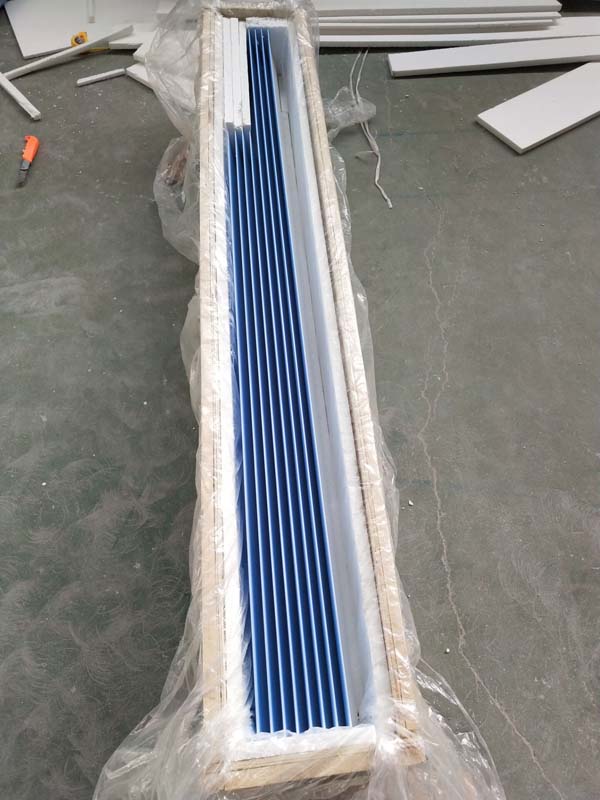
17 12月 Feed Casting Nozzle
Feed Casting Nozzle is a key component of the aluminum strip continuous casting and rolling mill, and its quality directly affects the quality of the strip and the yield of production.
It includes a feed port with a narrow rear end and a feed port with a wider front end. In the material passage between the feed port and the discharge port, a partition block divides the material passage into two side-by-side parts.
The liquid impurities in the aluminum alloy melt that contact the surface of the casting nozzle precipitate and solidify with the decrease of temperature, resulting in an increase in the surface roughness of the casting nozzle and causing slagging of the casting nozzle.
At high temperatures, the aluminum melt is in contact with the SiO2 particles in the nozzle material for a long time, and Al2O3 particles are formed on the surface of the nozzle, which aggravates the occurrence of nozzle blockage.
The molten aluminum is easy to solidify on the uneven surface of the nozzle, and the cavity of the nozzle gradually becomes narrow, which eventually causes the nozzle to block.
A three-layer structure is formed in the blocked nozzle cavity, a reaction layer, a slag layer and a metal layer are distributed.
Feed Casting Nozzle internal fluid
Near the center of the cavity, the flow rate is fast and the flow is relatively stable.
Near the wall of the cavity, the flow rate is slow and steady.
In the middle part, the flow rate is moderate but the flow state is complex and changeable.
The casting speed, the width of the casting plate and the surface roughness of the nozzle cavity have a significant influence on the flow of the melt in the nozzle cavity.
With the continuous increase of casting speed, the turbulent state of melt flow in the cavity is also more complicated.
As the casting width continues to increase, the speed gap between the edge of the nozzle exit and the middle exit increases.
With the continuous increase of the surface roughness of the nozzle cavity, the smooth flow in the near-wall area is broken and replaced by complex turbulence, which exacerbates the slagging phenomenon.

Aluminum coil production process
The aluminum ingot is put into the melting furnace, burned and melted with natural gas, slagging and waste removal, alloy configuration, guide furnace to the holding furnace, aluminum water, passing through the die nozzle, rolling cast coil, rolling cold rolled coil, annealing, cross shear To the required size, engrave according to the drawings, hemming, reinforcement, welding, polishing, spraying, inspection, sticking protective film, air cushion film, packing, loading and shipping. The performance of aluminum coil: if used for exterior wall decoration, generally use 2mm, 2.5mm, 3mm thick aluminum coil, reinforced ribs and corners can be fixed on the keel, the exterior wall decoration is firm and reliable, and the metal texture is strong. Spray weather-resistant coatings will not change or fade within 20 years, and keep the color bright.



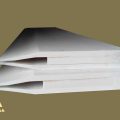
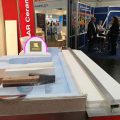
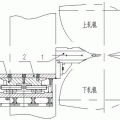
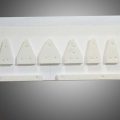
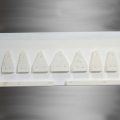
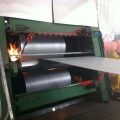
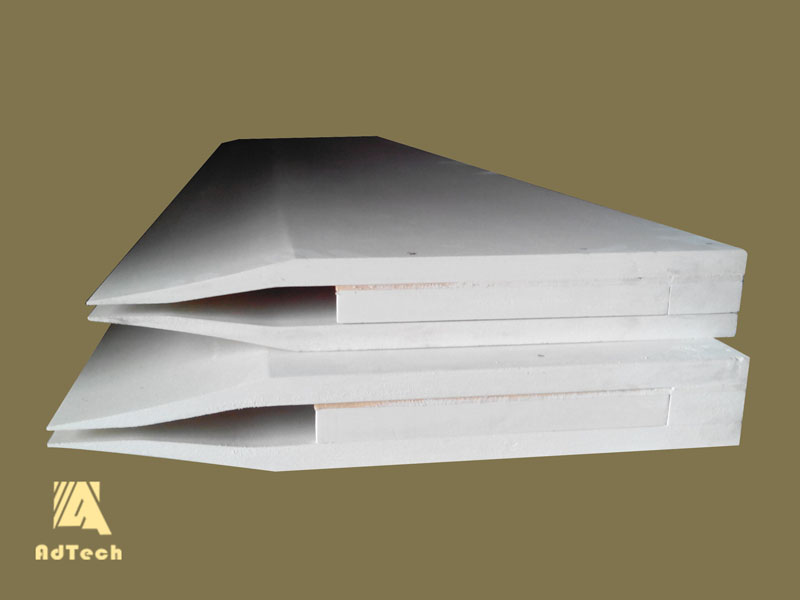
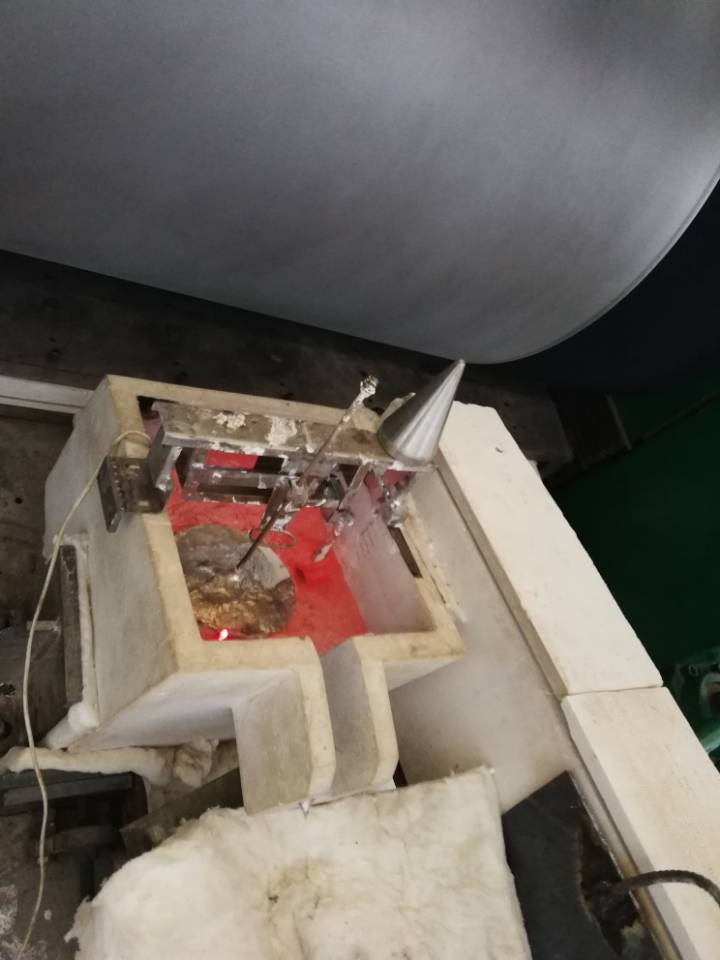
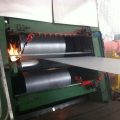
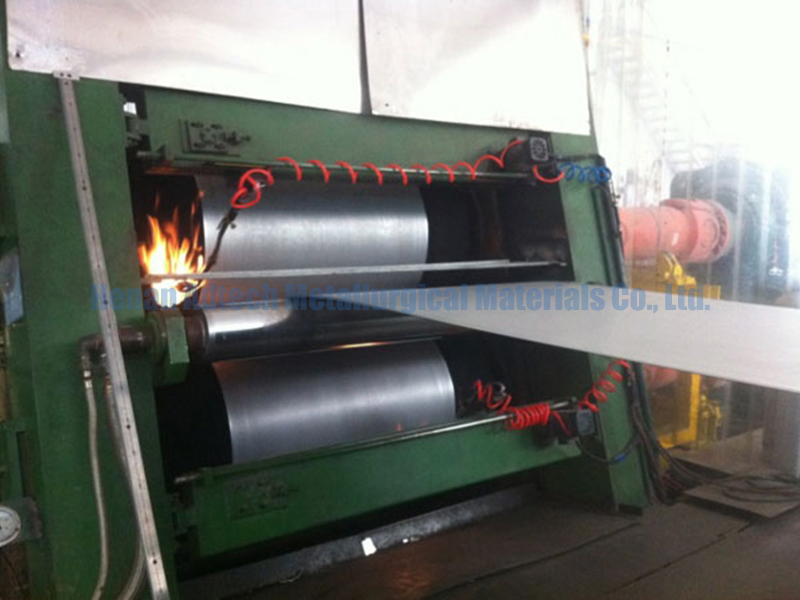

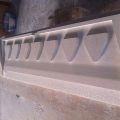
Sorry, the comment form is closed at this time.